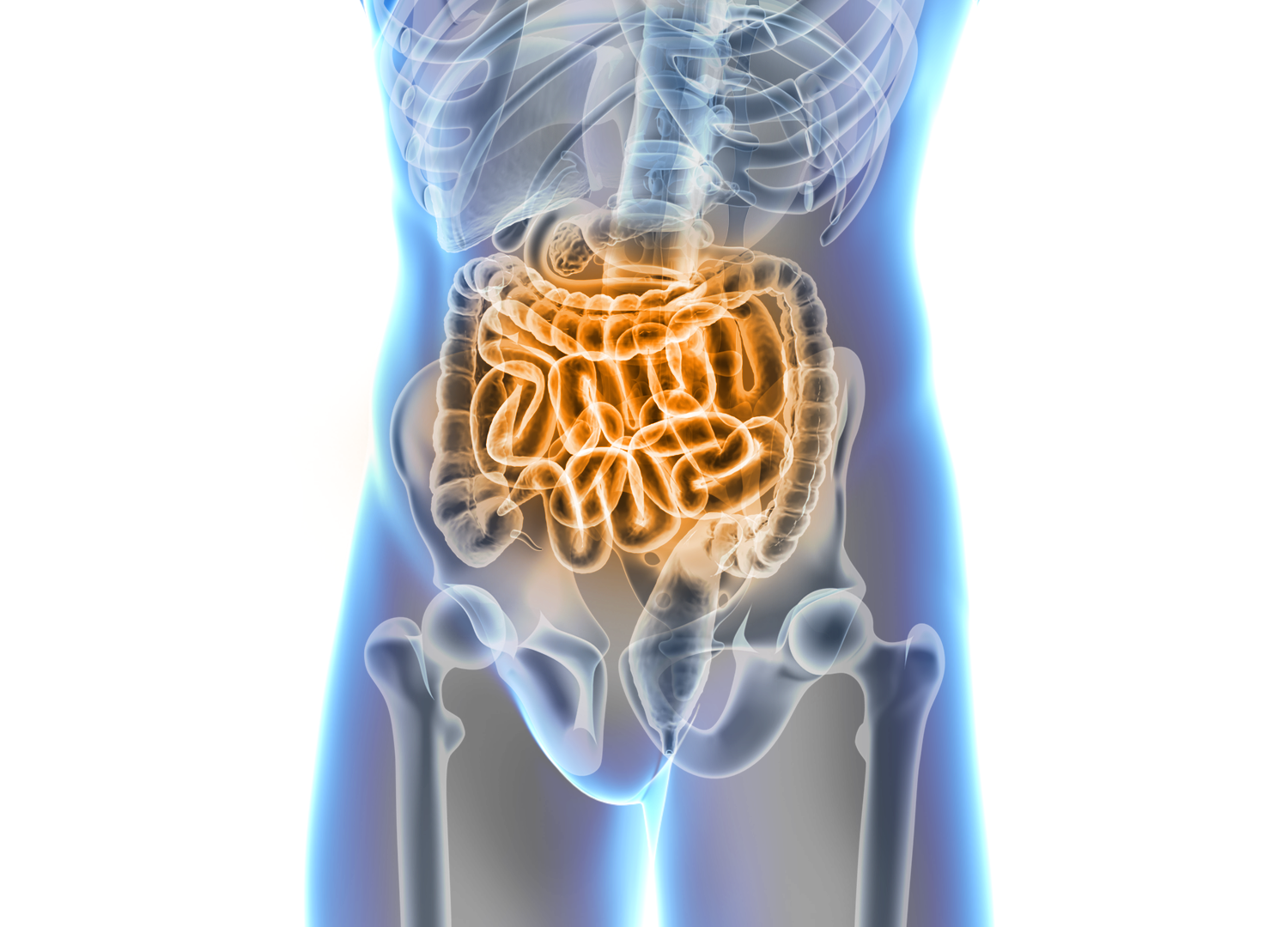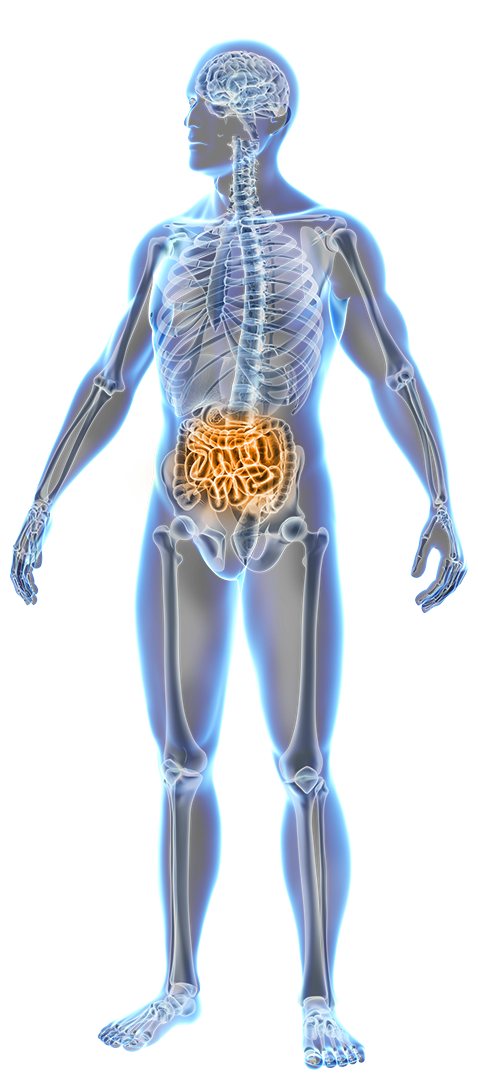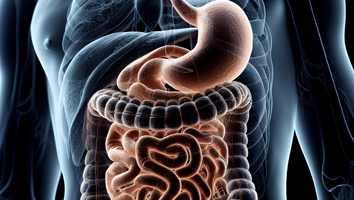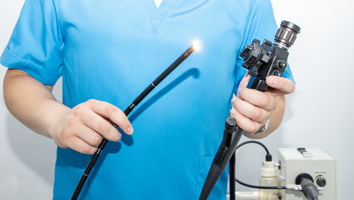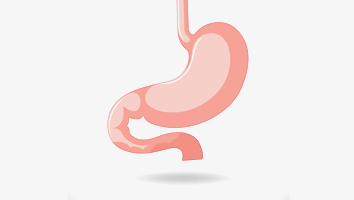Gastrointestinale Pflege
Ihr Magen-Darm-Trakt (GI) ist die zentrale Steuerungseinheit Ihres Körpers für die Verdauung und Nährstoffaufnahme und spielt eine entscheidende Rolle für Ihr allgemeines Wohlbefinden. Die Priorisierung der Gesundheit des Magen-Darm-Trakts durch eine ausgewogene Ernährung, ballaststoffreiche Lebensmittel und regelmäßige Bewegung kann den Grundstein für ein erfülltes Leben legen. Wenn Sie mit Magen-Darm-Problemen konfrontiert sind, sollten Sie sich über die Fortschritte der modernen Medizin, insbesondere endoskopische Verfahren, freuen. Diese innovativen Techniken bieten Hoffnung und Heilung und führen Sie in eine Zukunft, in der die Gesundheit des Verdauungssystems kein Hindernis, sondern eine Quelle der Stärke darstellt.
